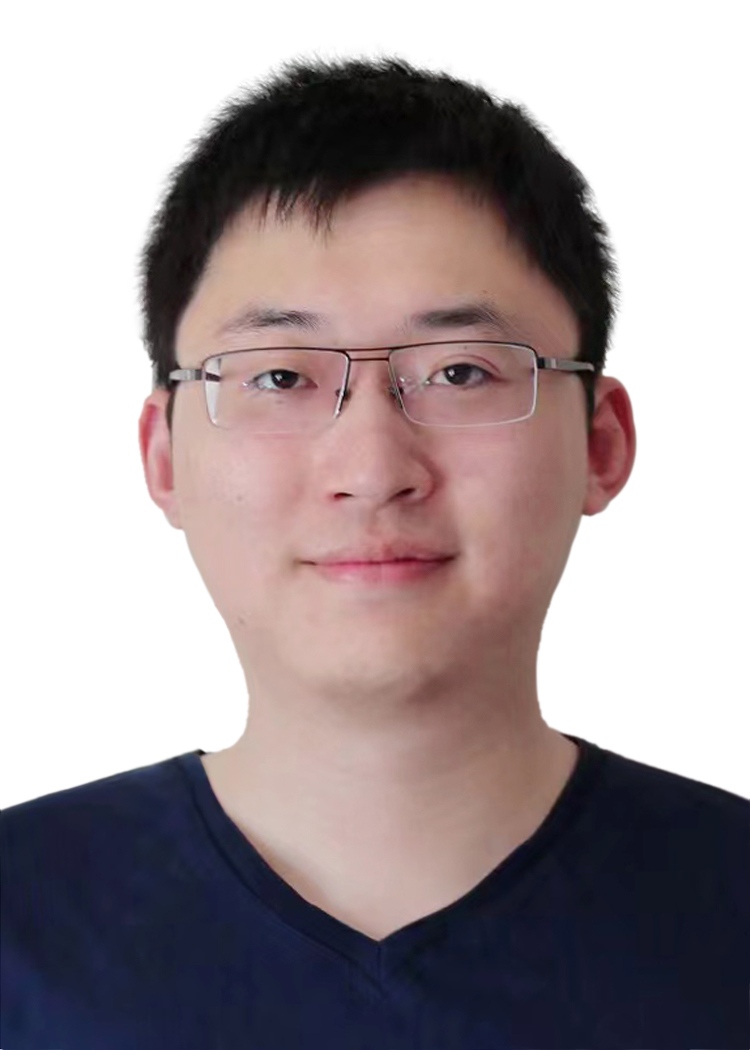IntroductionLinhao Li received his PhD in 2017 from the Department of Materials Science and Engineering, University of Sheffield, where he worked under the supervision of Professor Derek C. Sinclair. After receiving his PhD, Linhao worked as a postdoctoral researcher at the University of Nottingham and the University of Sheffield. Linhao's research focuses on the use of various electrical characterisation techniques, particularly impedance spectroscopy to investigate the 'electrical microstructure' and defect chemistry of electronic ceramics, with a particular focus on designing new materials through a better understanding of the component-structure-property relationship. Linhao has published many papers in several international journals, including Chem. Mater., J. Mater. Chem., Appl. Phys. Lett. EducationWork ExperienceSocial PositionSocial ActivitiesResearchIonic conductors: Ionic conductors refer to a class of materials that possess ionic (e.g., oxygen ions, lithium ions, etc.) conduction properties in the form of solid oxides, and are mainly used in electrochemical devices such as solid oxide fuel cells (SOFCs), solid oxide electrolytic cells (SOECs), and all-solid-state lithium-ion batteries. These materials have good ionic conductivity at high temperatures, making them suitable for high temperature electrolysis and energy conversion processes.
Thermoelectric ceramics: Thermoelectric ceramics make use of effects such as Seebeck to generate a voltage that can be utilised when there is a temperature difference at different locations in the material. They are now used in areas such as waste heat utilisation.
Dielectric Ceramics: The main characteristic of dielectric ceramics is that they exhibit excellent insulating properties in electric fields. They are widely used as insulating materials for capacitors in the electronics field, and dielectric ceramics with excellent polarisation properties are also used for energy storage.
Piezoelectric ceramics: Piezoelectric ceramics have the piezoelectric effect, that is, in the application of electric field can produce mechanical strain, and vice versa in the subjected to mechanical stress can be generated independently of the electric field. This property allows piezoelectric ceramics to be used in a wide range of applications such as piezoelectric sensors, acoustic devices, vibration actuators and piezoelectric transformers.
Cold sintering: By applying external pressure and adding a transient liquid phase to assist the sintering, cold sintering can densify the target material in a relatively short period of time (typically less than 1 hour) and at a low temperature (typically less than 300 oC). Cold sintering requires only 10-20% of the temperature of conventional solid-state sintering, significantly reducing the overall energy consumption and other requirements needed for production. TeachingHis teaching responsibilities include undergraduate courses Semiconductor Device Physics and College Physics Laboratory (I), as well as a graduate-level course Modern Semiconductor Device Physics. PostgraduatesFundingHe is currently receiving funding from one government-funded project and one university-level project titled Design and Performance Study of Novel Bismuth Titanate-Based Oxide Ion Conductors. Vertical ProjectHorizontal ProjectPublications1 L. Li, M. Li, H. Zhang, I.M. Reaney and D.C. Sinclair, Controlling mixed conductivity in Na1/2Bi1/2TiO3 using A-site non-stoichiometry and Nb-donor doping. J. Mater. Chem. C, 2016, 4, 5779–5786. 2 L. Li, M. Li, I.M. Reaney and D.C. Sinclair, Mixed Ionic–electronic Conduction in K1/2Bi1/2TiO3. J. Mater. Chem. C, 2017, 5, 6300–6310. 3 L. Li, M. Li, and D. C. Sinclair, The influence of excess K2O on the electrical properties of (K,Na)1/2Bi1/2TiO3 ceramics. Appl. Phys. Lett., 2018, 112, 182907. 4 L. Li, H. Yang, Z. Lu, W. Bao, H. Ji, J. Li, A. Feteira, F. Xu, Y. Zhang, H. Sun, Z. Huang, W. Lou, K. Song, S. Sun, G. Wang, D. Wang, I. M. Reaney. Novel BaTiO3-Based, Ag/Pd-Compatible Lead-Free Relaxors with Superior Energy Storage Performance. ACS Appl. Mater. Interfaces 2020, 12, 43942–43949. 5 L. Li, H. Yang, W. Bao, Z. Lu, H. Ji, Y. Huang, F. Xu, G. Wang, D. Wang. High-energy storage performance in BaTiO3-based lead-free multilayer ceramic capacitors. J. Mater. Res. 2021, 36, 1285–1294. 6 L. Li, D. Wang, J. Jiang, Z. Lu, G. Wang, K. Song, D. Zhou, I. M. Reaney. Cold Sintering of Novel Microwave Dielectric Materials and Devices, J. Mater. Res. 2021, 36, 333. 7 L. Li, J. Kler, A. R. West, R. A. De Souza, D. C. Sinclair, High oxide-ion conductivity in acceptor-doped Bi-based perovskites at modest doping levels, Phys. Chem. Chem. Phys. 2021, 23, 11327. 8 L. Li, B. Walkley, I. M. Reaney, D. C. Sinclair, The influence of Fe2O3 reagent grade purity on the electrical properties of ‘undoped’ LaFeO3 ceramics: A cautionary reminder, J. Eur. Ceram. Soc. 2021, 41, 4189. 9 L. Li, T. Roncal-Herrero, J. Harrington, S. J. Milne, A. P. Brown, J. S. Dean, D. C. Sinclair, Anomalous grain boundary conduction in BiScO3 -BaTiO3 high temperature dielectrics, Acta Mater. 2021, 216, 117136. 10 L. Li, J. Andrews, R. Mitchell, D. Button, D.C. Sinclair, I.M. Reaney, Aqueous Cold Sintering of Li-Based Compounds, ACS Appl. Mater. Interfaces. 15 (2023) 20228–20239. Awards1. Second prize in best oral presentation, 23rd CSCST-SCI Conference, 2016 2. Mike Sellars Prize for outstanding work in Materials Science, 2017 PatentHonor RewardAdmissions Information |

